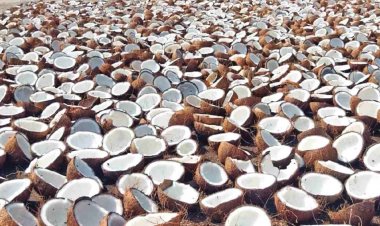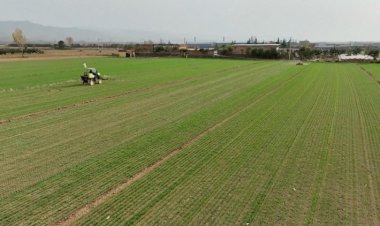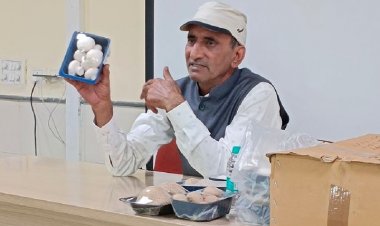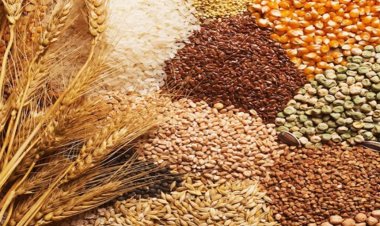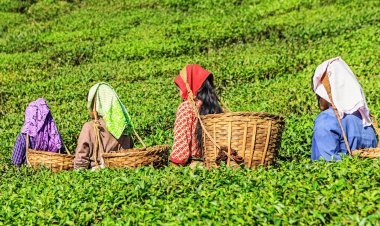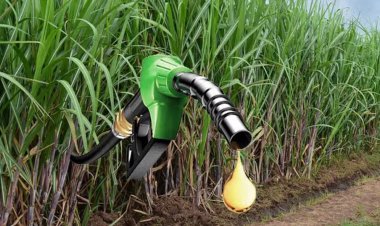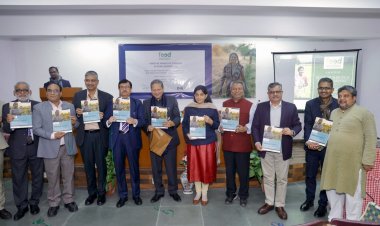No respite on inflation front: Retail inflation goes up by 7.4 per cent led by food inflation at 8.6 per cent
There seems to be no respite on the inflation front. Retail inflation, measured by the CPI, has gone up to a five-month high of 7.41 per cent for September 2022. And this has been led primarily by food prices. Food inflation, which is measured by the CFPI and which makes up nearly half the retail basket, has gone up by 8.6 per cent YoY in September 2022. This was stated in data released by the NSO on October 12. With retail inflation staying well above RBI's upper tolerance level of 6 per cent, another repo rate hike is almost certain in the December monetary policy review.
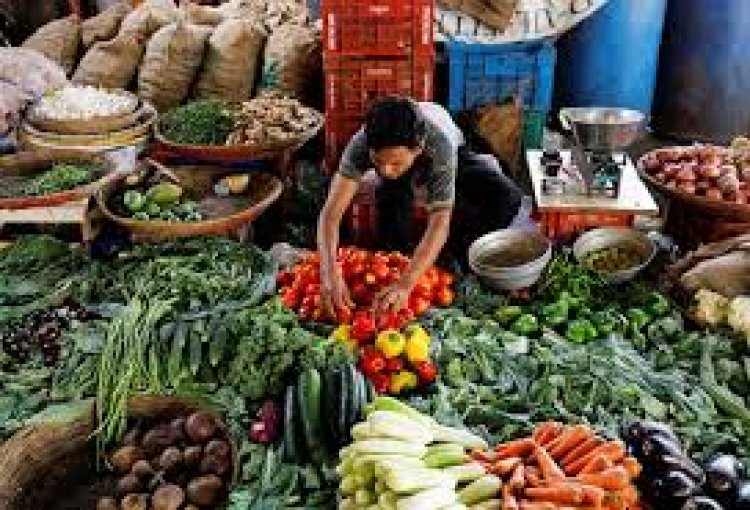
There seems to be no respite on the inflation front. Retail inflation, measured by the Consumer Price Index (CPI), has gone up to a five-month high of 7.41 per cent for September 2022. And this has been led primarily by food prices. Food inflation, which is measured by the Consumer Food Price Index (CFPI) and which makes up nearly half the retail basket, has gone up by 8.6 per cent year-on-year (YoY) in September 2022. This was stated in data released by the National Statistical Office (NSO) on October 12. With retail inflation staying well above RBI's upper tolerance level of 6 per cent, another repo rate hike is almost certain in the December monetary policy review.
While the inflation in food and beverages was 8.4 per cent, that in vegetables and spices stood at 18 per cent and 16.9 per cent respectively. The cereal inflation was 11.5 per cent.
While the high ‘cereals and products’ prices can be attributed to the imported inflation pressure due to the global supply impact on account of the Russia-Ukraine war, the vegetable prices were impacted by rains that damaged crops and affected transportation.
Food inflation in August, too, was 7.62 per cent. And there seems to be no respite from it in the months ahead either. Excessive rainfall in the past few days is likely to impact the Kharif harvest and delay the Rabi sowing. The dry spell earlier had already turned paddy prospects bleak. Thus, there is an upside risk to the food inflation outlook. However, one can expect some moderation due to the base effect.
Ironically, food inflation does not benefit the farmers. While an average household in India spends nearly 50 per cent of its earnings on food, the poor — and this includes the majority of the farmers — spend more than 60 per cent. Thus, food inflation only adds to the farmer’s poverty and stress.
No wonder then that while food prices increase on the one hand, one gets to read reports of farmer suicides on the other. As per Maharashtra government data, there have been 1,875 suicides in the state between January and August 2022. Amravati and Aurangabad regions account for 75 per cent of these. One of the suicide notes blames the predicament on not getting the Minimum Support Price (MSP) for crops and harassment by loan recovery agents.



 Join the RuralVoice whatsapp group
Join the RuralVoice whatsapp group

















